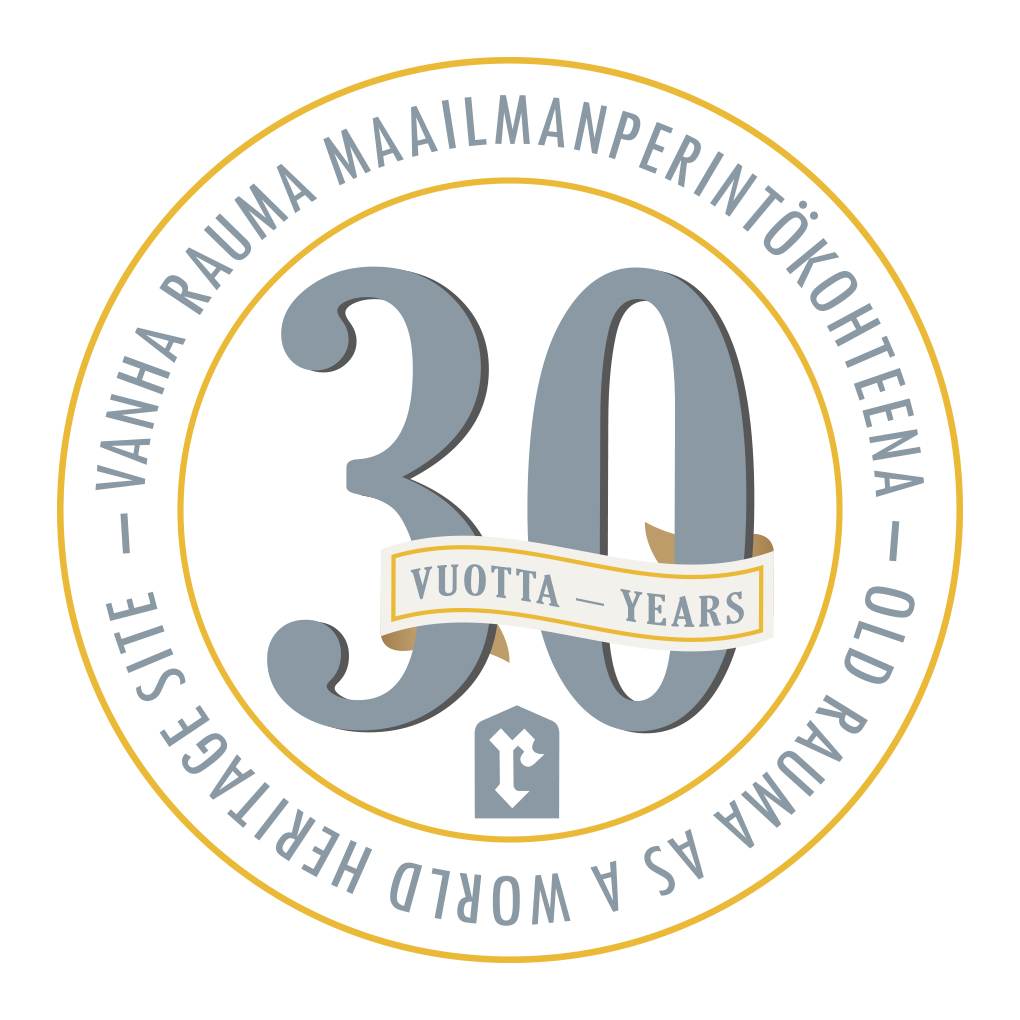MP30 – Cultural education introduces Rauma’s children and young people to world heritage
9.6.2021


Old Rauma, a UNESCO World Heritage Site, will celebrate its 30th anniversary in 2021. Old Rauma was inscribed on the World Heritage List in 1991 as a unique example of a living and well-preserved old Nordic tree city.
In the fourth part of the 30 Years of Old Rauma as a World Heritage Site series, we look at cultural education in the city of Rauma.
World Heritage and
cultural education
Culture is born from human influence. It is all around us, but it only becomes meaningful when we become aware of its existence. Culture has a specific feature: the experience of culture. In his 1912 work The Problems of Philosophy, the British philosopher and mathematician Bertrand Russell wrote about the connection and difference between knowledge and experience. Russell came to the conclusion that knowledge is public, but experience is private.
The importance of experience is emphasised in culture, and experience can sometimes have a greater intrinsic value than culture as an object. It also matters whether culture is experienced genuinely or indirectly. For example, it is one thing to read and experience Leonardo da Vinci’s 16th century oil painting Mona Lisa in a book or on the internet, but another to see it in the Louvre Museum in Paris.
Cultural education is about a process of growth in which a child or young person tests their limits, explores or investigates through art and culture. What a child or young person experiences helps them grow into an adult with a strong identity. The role of the adult – both at home and at school – is to be supportive, but also to allow the child or young person to discover and experience culture for themselves, as they experience it.
In Rauma, a cultural education programme for pupils in grades 1-9, launched in 2018, not only introduces children and young people to culture, but also strongly highlights the specific characteristics of Rauma culture.
Over the course of nine school years, the cultural education programme presents 28 elements or sub-areas of Rauma’s culture, while strengthening the local identity of the city’s children and young people. Cultural education includes 11 guided visits to the Old Rauma.
One of the visits will introduce Old Rauma as a World Heritage Site, one will include a lecture on World Heritage and World Heritage Sites in Rauma and nine other visits will focus on a public building or area in the Old Rauma area. In addition to these 11 visits, all fifth-graders will also visit the UNESCO World Heritage site of Sammallahdenmäki.
In Rauma, cultural education is part of the city’s approved curriculum, the curriculum annex, which is compulsory for schools. Cultural education ensures that all children and young people in Rauma have equal opportunities to experience a wide range of local culture.
While cultural education in the city of Rauma strengthens the identity of children and young people, especially those living in the city, by introducing them to the culture and history of their city in a variety of ways, it also contributes to the preservation of regional culture. It is clear, however, that culture cannot remain completely unchanged anywhere. And it does not have to be, because cultural change over time is also the lifeblood of popular culture. A culture based on tradition alone will sooner or later wither and die out. When old and new cultures meet, a variation is created that adapts to the local environment and the natural environment. In the process of cultural change, knowledge of the history and culture of the environment in which one lives creates a stable breeding ground for new cultural variations.
Risto Kupari, Director of Museums and Culture
Sources of the text:
Russell Bertrand. The Problems of Philosophy.
Otavan kirjapaino Oy, Keuruu 2005.
City of Rauma. Cultural education plan for 2020-2021. Rauma 2020.
Winter Ilmar. Finnish folk culture. Finnish Literature Society.
Helsinki 1990.
